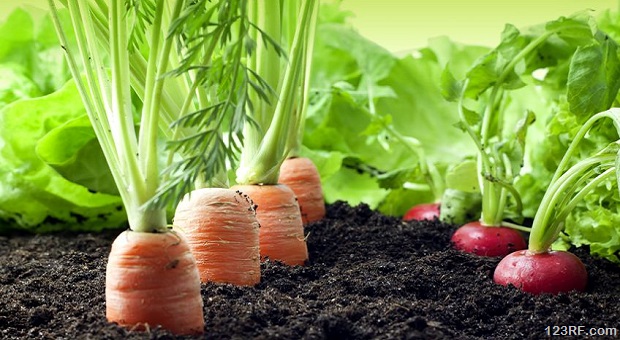Dear Hugh:
The situation in Venezuela has a precedent. When the Kuomintang Army remnants fled to Taiwan in 1949, they brought tons of paper money and spent it freely, resulting in a rapid hyperinflation. During that time only food had any value and nothing else, not PMs, weapons, ammo, fine art, you name it. Now for those who have some arable land (or neighbors that do) I figure veggie seeds, fertilizer, and stabilized diesel will have considerable value in that they can be used to grow food. It is for this reason that each year we save many gallons of veggie seeds: principally shelly pole beans, field corn, popcorn, field peas. There is a lot of arable land near us that is mostly all used for hay, and could be cultivated. In addition, motorized tools to shell dry field peas and dry field corn and grind field corn into cornmeal will be very valuable as will pressure canners and canning lids for rural folks. Many decades ago one would take corn to be ground (or dry field peas to be shelled) “on the shares” where the provider of the service got one third of the food. Popcorn is some 12-13% protein, as compared to about 8% for field corn. Based on our own hard data, the yield of protein per 100 feet of row for popcorn and field corn is almost identical. One final note: please consider going to your local feed store and buying oats, corn, soybean meal. One may make very nutritious cheap bread IF one has the tools to process this food. – Tennessean
HJL’s Comments: Taking care of the basics is very important in your goal of prepping. PMs can help you maintain some wealth through the rough times of a collapse, but they are nearly worthless during the collapse. You can’t eat them, and when you are feeling the hunger pangs you are willing to trade them for pennies on the dollar for something that you need. There will be an economy that emerges at some point that will value the PM’s, but until then it’s food and other daily necessities that contain value.
One note of caution though: I have purchased grains from feed stores and have been very disappointed. The grain (other than corn) that comes from a feed store is generally un-hulled. While you can certainly use it as is, you will get an overabundance of fiber and it won’t be as good for cooking. What you want is groats or the hulled variety of grains. You can turn feed grains into groats by simply threshing them, but it’s a significant amount of work. In addition, the grains at a feed store are usually not stored or prepped as well as grains intended for human consumption. Every instance where we tried using feed grains resulted in insect infestations that spread all through our house. This can be mitigated by vacuum sealing the grains as soon as you obtain them, but you will also usually have to clean the grains as well. All in all, we have been much more pleased with purchasing groats directly from suppliers. The only benefit that feed grains has other than the price is forcing you to learn how to turn grain into groats which is a useful skill to have.










